Should You Be Timing Your Workouts?
 Timing workouts help the underachiever and people who push too hard, trying to get fit in a few weeks. When people don’t have a time limit, they often fill time with useless activities that don’t get them fitter, like walking around, visiting with others, and spending far too long resting between sets. Pushing too long past exhaustion can also lead to injury if you’re working out at maximum intensity. The workout needs to be long enough to get peak results but not so long that you waste time or push beyond your limits.
Timing workouts help the underachiever and people who push too hard, trying to get fit in a few weeks. When people don’t have a time limit, they often fill time with useless activities that don’t get them fitter, like walking around, visiting with others, and spending far too long resting between sets. Pushing too long past exhaustion can also lead to injury if you’re working out at maximum intensity. The workout needs to be long enough to get peak results but not so long that you waste time or push beyond your limits.
Exercise is a way to eliminate stress, but it can also cause stress.
Exercise burns off the hormones of stress. It can also stress your body, especially if you’re doing an intense workout. If you allow yourself to workout at high intensity for too long, it can cause burnout, injury, or diminish your immune system. When you time your workout, you must consider how intense it will be. A HIIT–high intensity interval training—workout should be shorter. The increased intensity doesn’t require as much time. Federal exercise guidelines suggest 150 to 300 minutes if the exercise is moderate but only 75 to 150 minutes if it’s intense.
You’ll be more efficient when you time your workout.
You won’t be as tempted to take an extra break to go to the water fountain and talk. You’ll move into the next set of exercises without resting your body as much. That can help you get into shape faster and improve your overall results. When you time your workout you’re more likely to stay on track and give each movement your best. You won’t waste time in the beginning and then rush through the rest of the workout or skip it.
Spending more time doesn’t better guarantee results.
If you notice others are getting better results even though you’re spending more time, you probably aren’t using your time to your maximum advantage. Creating a workout schedule you follow in the gym helps. It’s a way to time your workout. It makes you more efficient. Besides timing your workout in the gym, you need to assess the time of day you exercise. If you’re a morning person, exercising the first thing in the day is the most efficient. If you need twelve cups of coffee to make it until noon, it’s better to exercise later.
- If you’re pushing hard, especially if you’re doing strength training, your body needs between 48 and 72 hours to recover. After intense exercise, do a day or two of recovery workouts.
- Listen to your body. If you can easily talk or even sing while you workout, it’s not intense. If you can barely gasp out a word, it is.
- You can still do strength training every day if you work on different parts of the body. Work the upper body one day and the lower body the next. It gives the muscles time to rest.
- You can accurately measure the effort you expend with a heart rate monitor. If your resting heart rate suddenly increases, back off for a bit. Do less intense workouts. Your body is telling you it needs a break.
For more information, contact us today at Wellness On A Dime Coaching
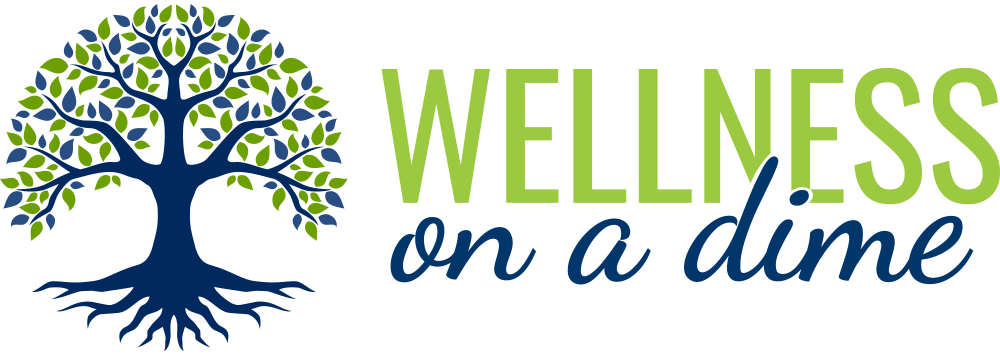
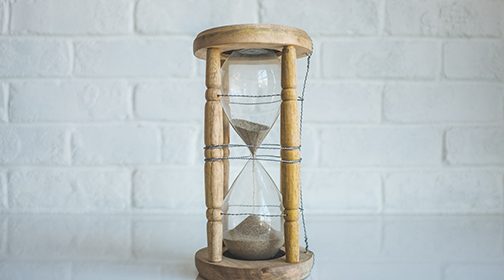
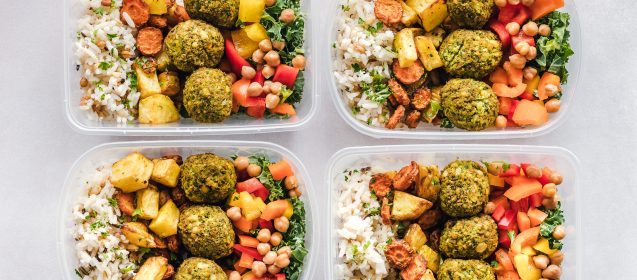
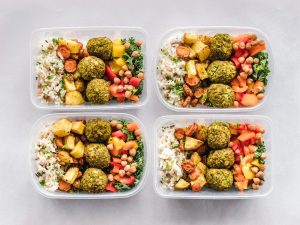 What you eat makes a huge difference in your health. Some foods cause chronic inflammation that leads to heart disease, diabetes, and other serious conditions. A healthy meal plan can help you lose weight, look younger, and even save money. It can help you hit your fitness goals no matter what they are. Meal planning requires several steps. You need to plan the meals one night, shop on another, and make all the food on your day off for the week’s meals. During the week when you’re rushed, all you have to do is heat and serve. It’s quicker than a drive-through.
What you eat makes a huge difference in your health. Some foods cause chronic inflammation that leads to heart disease, diabetes, and other serious conditions. A healthy meal plan can help you lose weight, look younger, and even save money. It can help you hit your fitness goals no matter what they are. Meal planning requires several steps. You need to plan the meals one night, shop on another, and make all the food on your day off for the week’s meals. During the week when you’re rushed, all you have to do is heat and serve. It’s quicker than a drive-through.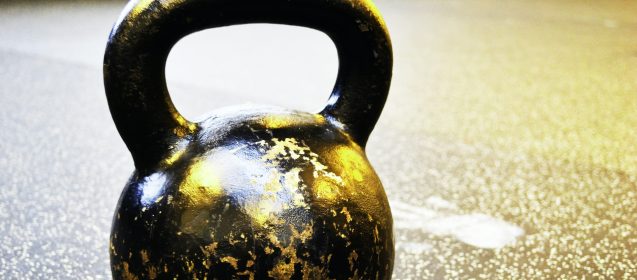
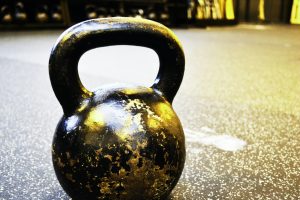 One unlikely exercise tool is the kettlebell. It’s a round weighted ball with an offset handle. Unlike barbells or dumbbells that have a continuous center of gravity, the center of gravity for kettlebells is constantly changing. It works core muscles to help maintain balance. The various workouts exercise all muscle groups on many planes. When you use kettlebells, you’ll build strength. You’ll also improve your balance, flexibility, and endurance. That makes it a complete workout.
One unlikely exercise tool is the kettlebell. It’s a round weighted ball with an offset handle. Unlike barbells or dumbbells that have a continuous center of gravity, the center of gravity for kettlebells is constantly changing. It works core muscles to help maintain balance. The various workouts exercise all muscle groups on many planes. When you use kettlebells, you’ll build strength. You’ll also improve your balance, flexibility, and endurance. That makes it a complete workout.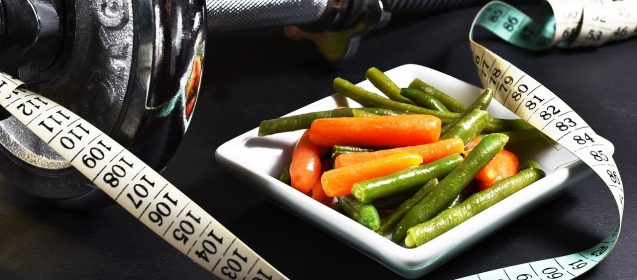
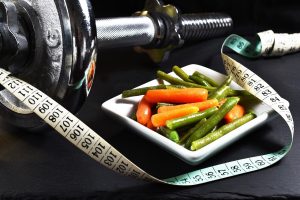 Louisiana is one of the top three states where obesity is highest. It affects 40% of the people. To lose weight and get back to a healthier weight, people need a healthy diet and an active lifestyle. The problem is that it’s difficult to gain muscle while you’re consuming a restricted-calorie diet. It’s also important to build muscle tissue to make weight loss easier. Muscle tissue requires more calories to maintain than fat tissue, so the more you have, the more calories you burn 24.7.
Louisiana is one of the top three states where obesity is highest. It affects 40% of the people. To lose weight and get back to a healthier weight, people need a healthy diet and an active lifestyle. The problem is that it’s difficult to gain muscle while you’re consuming a restricted-calorie diet. It’s also important to build muscle tissue to make weight loss easier. Muscle tissue requires more calories to maintain than fat tissue, so the more you have, the more calories you burn 24.7.
 You’ll get an abundance of benefits from exercising outside, but it does have its dangers. The temperature can reach scorching in Louisiana and Texas. The heat can become dangerous during workouts if you don’t take precautions. When the temperature rises to 100 degrees, you’ll sweat more and have a higher potential for dehydration, heat exhaustion, and heat stroke. How do you get the benefits and avoid the downsides? Here are some ideas.
You’ll get an abundance of benefits from exercising outside, but it does have its dangers. The temperature can reach scorching in Louisiana and Texas. The heat can become dangerous during workouts if you don’t take precautions. When the temperature rises to 100 degrees, you’ll sweat more and have a higher potential for dehydration, heat exhaustion, and heat stroke. How do you get the benefits and avoid the downsides? Here are some ideas.
 Some people in Louisiana attempt to eat healthy but still believe they need a supplement. Supplements can be anything your body gets from food, including macronutrients like protein. It’s hard to know if the supplement contains enough nutrients to make a difference or if you’re getting too much of a good thing. How can you tell if your vitamin, mineral, macronutrient, or herbal supplement is under-dosed or is far too high to be safe? For some, it’s easy and right on the label.
Some people in Louisiana attempt to eat healthy but still believe they need a supplement. Supplements can be anything your body gets from food, including macronutrients like protein. It’s hard to know if the supplement contains enough nutrients to make a difference or if you’re getting too much of a good thing. How can you tell if your vitamin, mineral, macronutrient, or herbal supplement is under-dosed or is far too high to be safe? For some, it’s easy and right on the label.
 When you’re serious about getting fit, you need consistency. That means you need to push through aches and exercise every day. You will have days when you feel like laying on the couch instead of working out. When you first start, that could describe every day. If you workout instead, you often feel less achy because the increased movement boosts circulation and triggers the release of natural pain relievers. There may come a day when you’ve pushed too hard and need a rest day. How do you know when that time has arrived?
When you’re serious about getting fit, you need consistency. That means you need to push through aches and exercise every day. You will have days when you feel like laying on the couch instead of working out. When you first start, that could describe every day. If you workout instead, you often feel less achy because the increased movement boosts circulation and triggers the release of natural pain relievers. There may come a day when you’ve pushed too hard and need a rest day. How do you know when that time has arrived?
 If you’re feeling down and out, consider exercising. The two exercises that are the easiest are walking and running. It’s a scientific fact that they can improve your mood. You may have heard of the runner’s high. It’s that feeling of euphoria people get when running. You can get that same feeling from any exercise, even walking.
If you’re feeling down and out, consider exercising. The two exercises that are the easiest are walking and running. It’s a scientific fact that they can improve your mood. You may have heard of the runner’s high. It’s that feeling of euphoria people get when running. You can get that same feeling from any exercise, even walking.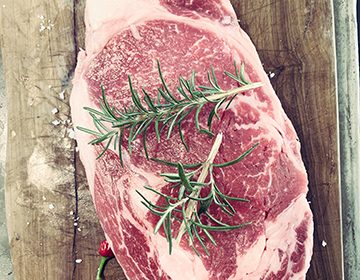
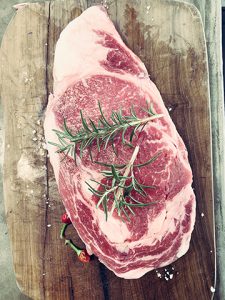 Getting adequate protein doesn’t have to cost a fortune. If you can afford a bag of lentils, beans, quinoa, or chickpeas, you can do it. There are other sources of protein that you might not suspect if you’re only thinking about animal sources, such as pork, beef, poultry, or fish. Kwashiorkor—a condition caused by lack of protein, even though the body may have adequate calories, seldom occurs in the US but it doesn’t mean finding low-cost, quality protein shouldn’t be a goal. Here are some surprising protein sources that you might not consider.
Getting adequate protein doesn’t have to cost a fortune. If you can afford a bag of lentils, beans, quinoa, or chickpeas, you can do it. There are other sources of protein that you might not suspect if you’re only thinking about animal sources, such as pork, beef, poultry, or fish. Kwashiorkor—a condition caused by lack of protein, even though the body may have adequate calories, seldom occurs in the US but it doesn’t mean finding low-cost, quality protein shouldn’t be a goal. Here are some surprising protein sources that you might not consider.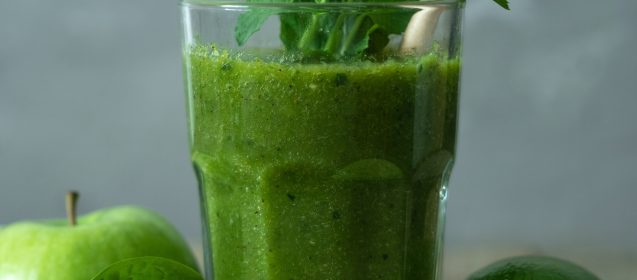
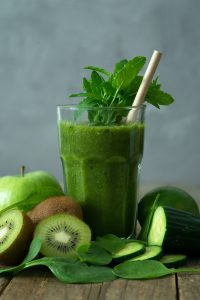 Nutrition plays a huge role in overall health. That is we provide dietary plans for people in Louisiana. Some people use green smoothies to supplement their diets. Consuming more leafy greens adds bulk, a multitude of nutrients, and has few calories. It may seem like the perfect solution and an easy fix, but there are dangers to using this method. There are also ways to avoid those problems.
Nutrition plays a huge role in overall health. That is we provide dietary plans for people in Louisiana. Some people use green smoothies to supplement their diets. Consuming more leafy greens adds bulk, a multitude of nutrients, and has few calories. It may seem like the perfect solution and an easy fix, but there are dangers to using this method. There are also ways to avoid those problems.